Car Mechanics Shared The Things They Would Avoid Doing To Their Own Cars At All Costs
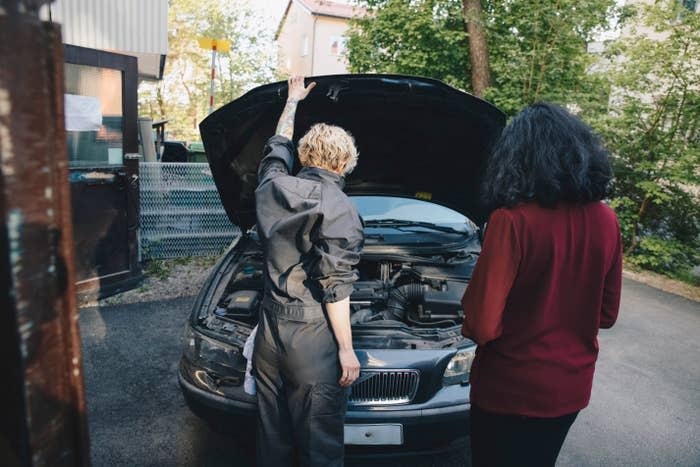
Your car can be one of the most expensive and important investments you’ll ever make, but many of us don’t give our vehicles the kind of maintenance attention they need. Mechanics and technicians would know: As the doctors of cars, they see it all.
“My job is to give you an overall state of health of your car, so you can make educated decisions on what to do with it, and to alert you to things that you may not know about, and that you won’t necessarily recognize or see,” said Bogi Lateiner, a Phoenix-based master automotive technician and the owner of Girl Gang Garage, a network that provides hands-on training for women in the trades.
Too often, technicians say, we are making maintenance decisions ― or failing to do so ― in ways that create potential safety hazards and can lead to costly mistakes. We spoke with car repair experts about their own big “won’ts” as lessons for us all:
1. I won’t neglect car maintenance.
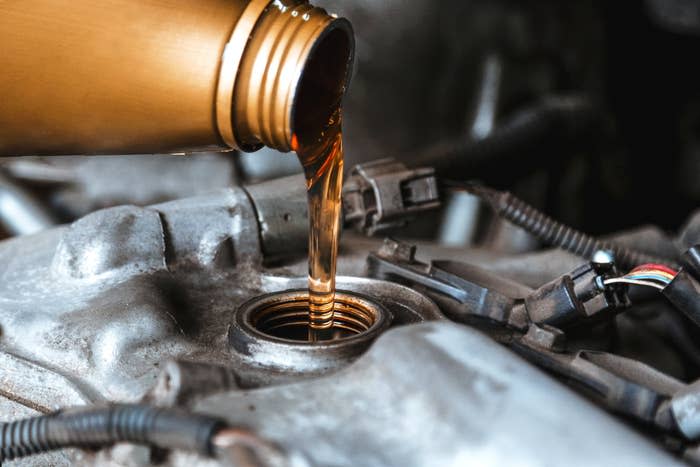
Of all the mistakes she sees, Lateiner told HuffPost this is the most common. “They think, ‘It’s not a big deal.’ And they can deal with it later,” she said. “In reality, preventative maintenance is going to be always less expensive than the repair.”
Lateiner said she would never ignore regular oil changes, for example. “Oil is the lifeblood of your car,” she explained. “Its job is to keep your engine cool and lubricated.”
“When the engine oil starts to get thick, or it breaks down, when the additives in [the oil] stop doing what they’re supposed to do... the engine can break prematurely and deteriorate in either minor or massive catastrophic ways,” she said. “So keeping fresh oil in there is really just crucial.”
Lateiner recommends changing the oil about twice as often as the 15,000-mile intervals that car manufacturers typically recommend.
“I cut those oil change intervals in half most of the time,” she said. “The longest I would go is 8,000 miles on a full synthetic oil change on a European car with high-quality oil.”
2. I won’t rely solely on car maintenance reminders.
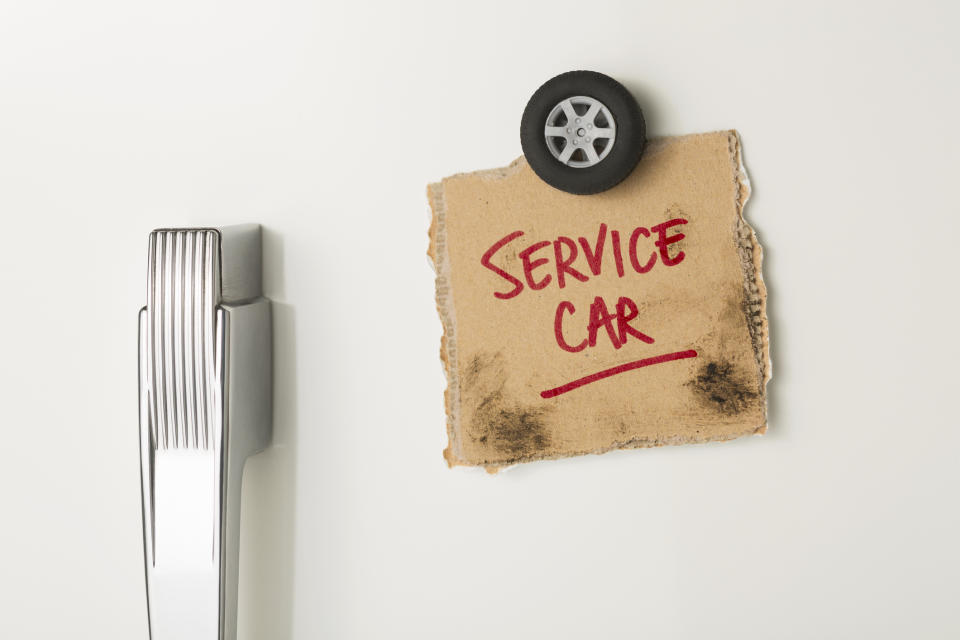
Speaking of oil changes, Robin Reneau, owner and lead technician of Georgia Auto Solutions in Conyers, Georgia, said she would never rely on the oil change reminder sticker to determine when her oil should actually get changed.
“You might not always drive the same amount of miles within the recommended oil change interval, leading to either premature or overdue oil changes,” Reneau told HuffPost.
Variability in driving conditions also can make these generic reminders unreliable. “Factors such as frequent short trips, towing or driving in extreme temperatures can accelerate oil degradation, requiring more frequent changes than indicated on the sticker,” Reneau said. “Over time, engine wear can affect oil performance differently, necessitating changes sooner than anticipated.”
Instead, Reneau said she checks her car’s oil level and condition to track her oil consumption and determine when she should change it.
3. I won’t use aftermarket car parts.
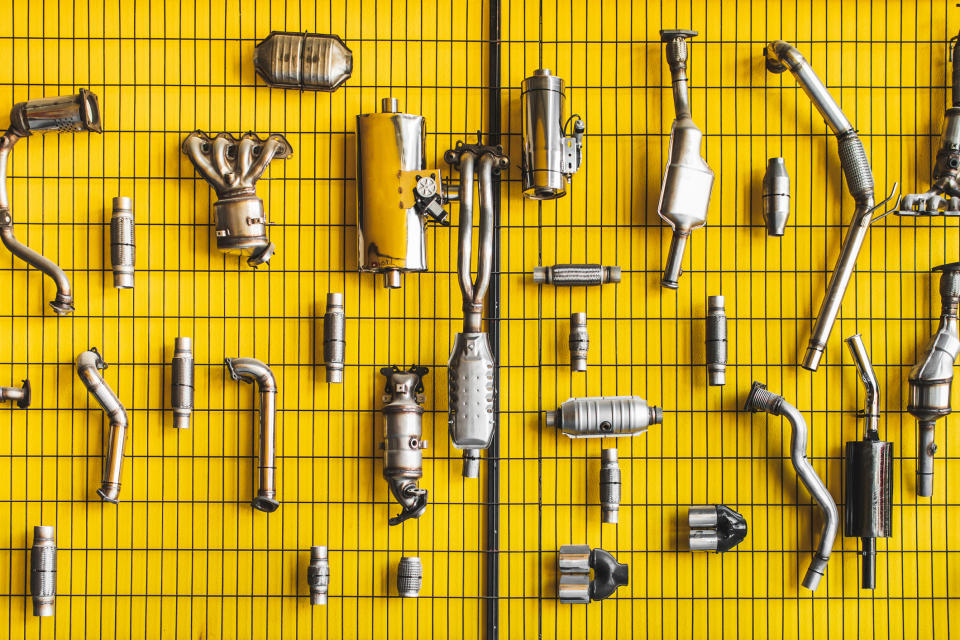
Original equipment manufacturer (OEM) parts are specifically designed by the car manufacturer for your vehicle, while aftermarket parts are produced by other companies and are typically cheaper.
Grace Claudio, a New York-based master automotive technician for BMW Manhattan, told HuffPost you should avoid using aftermarket parts because they end up costing you in the long run.
Claudio gave the example of an aftermarket battery that the car does not register, so the car still thinks it has a faulty battery and will not operate correctly as a result.
“I’ve had it where things come apart, and it makes it worse than it already was,” Claudio said. “And then it’s more of an expensive repair.”
4. I won’t use coolants or fuels that are different than what my manufacturer recommends.
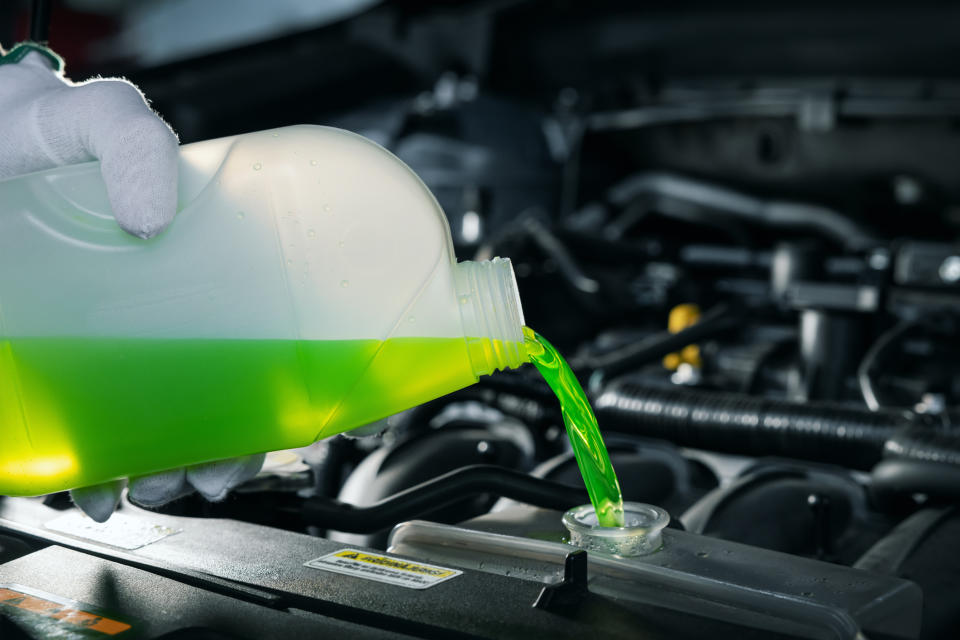
Cars are programmed to work with certain types of fluids, and Lateiner said car owners should always stick to the ones the manufacturer advises.
“That goes for your coolant, your oil, the type of fuel that you use,” she said. “So if your car is asking for 91-octane [gas], you have to use 91-octane.”
When a car owner uses fuels that are different than what the vehicle was designed for, it leads to bigger repair issues. Lateiner said she’s seen European cars with weird symptoms that disappeared once they’d gotten their oil changed to the proper one.
5. I won’t buy any over-the-counter product that promises to stop a leak.
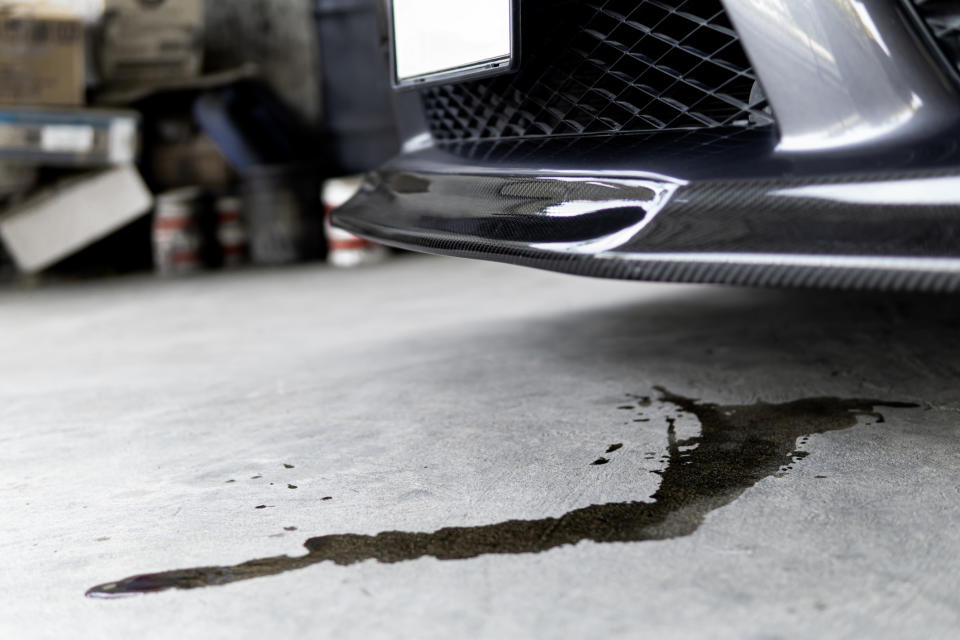
Lateiner warned against using products that promise to stop leaks in engine oil, coolant, power steering fluid and flat tires.
“It’s a Band-Aid. It is a temporary solution at best, and very, very often, it winds up causing more damage than good,” Lateiner said. “The ones for tires will make an absolute mess of your rim, and the person doing your tire change is going to hate you.”
6. I won’t change my car’s exterior without considering the climate where I live.

Some people like to do car wrapping on their vehicles, where cars get covered in a special vinyl film as a way for owners to change up the look without using paint. But Cheyenne Ruether, a Las Vegas-based master auto body technician, said she prefers painting over wrapping a vehicle, especially in sunny states such as Nevada.
“Because the UV rays here are so extreme... they often cause cracking or delaminating” relatively quickly, Ruether said. “And they are a huge pain to remove.”
7. I won’t layer a rubber floor mat that does not fit on my driver’s side.
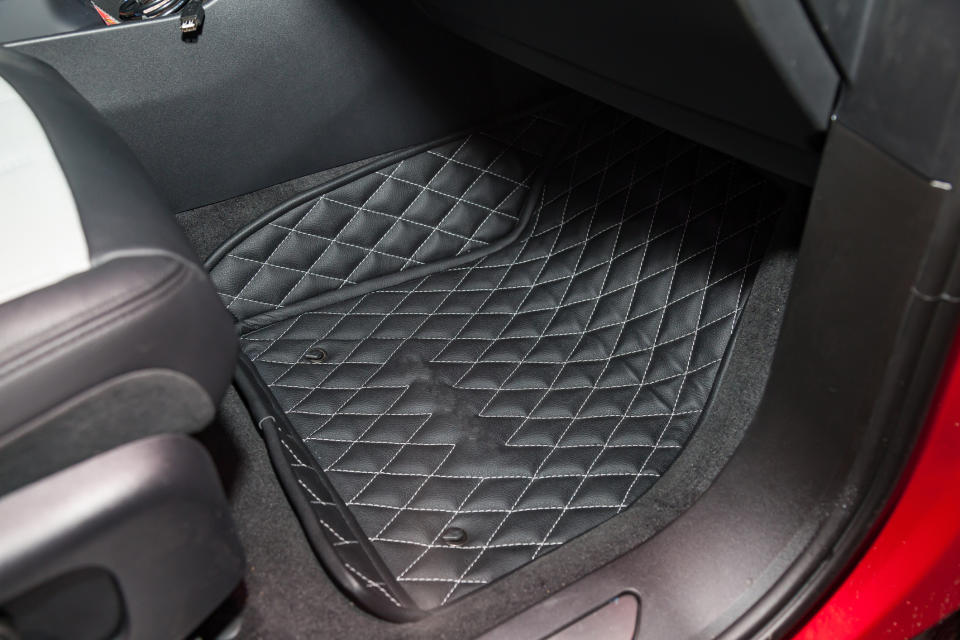
Claudio said she sees a lot of customers who will layer a rubber floor mat on top of the regular carpet floor mat on the driver’s side to keep their car clean. The problem is that too often, these rubber floor mats are not fitted properly and cause a safety hazard.
“The floor mat on the driver’s side will get stuck on the accelerator and then you can’t stop the car, or it will get stuck behind the brake and then it’s hard for you to brake the car,” she noted.
Instead, Claudio recommends taking out the carpet floor mat and picking a floor mat that fits correctly around the accelerator and brake pedal.
8. I would never ignore a car’s warning light.
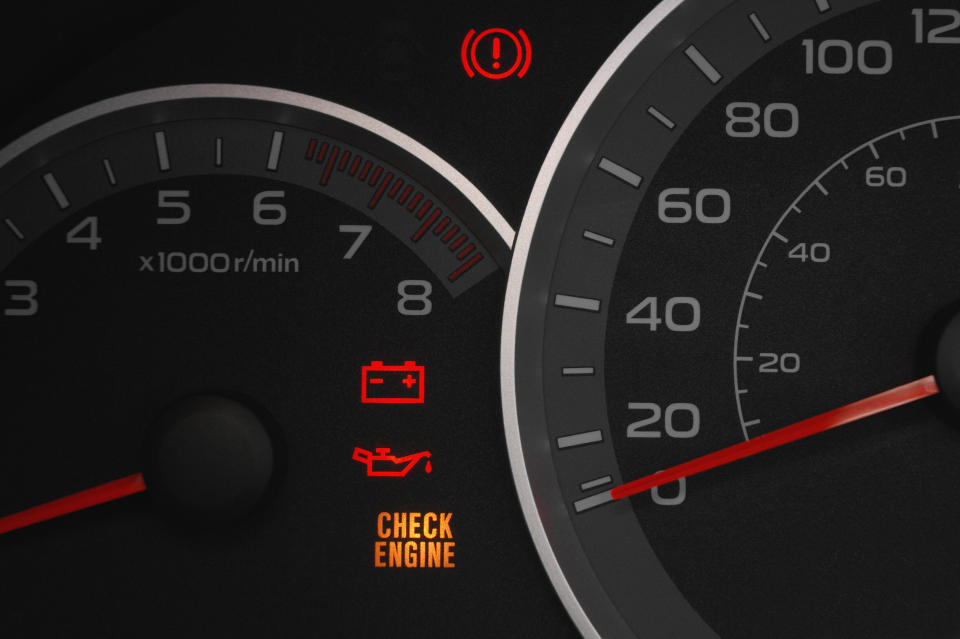
“Our cars today especially are designed to self-correct a lot of things,” Lateiner said. When the cars can no longer self-adjust for issues, the internal codes will turn on a warning light to alert the driver.
“That’s the only way the car has of telling us that something is wrong, before it gets so wrong that you’re on the side of the road,” Lateiner said. “Listen to your car, because it is trying to talk to you.”
If you see a warning light, you should look up what it means in your owner’s manual, Lateiner explained, because some lights could indicate issues you can address on your own.
Depending on the problem, you can also ask your local car shop about what they recommend doing next. “If you’re financially not in a position to do a real fix, you can say, ‘I’m not in a position to fix this right now. I really just need to know, is this safe to continue driving? How much time do I have?’” Lateiner said. “It’s always better to know than to not know.”
9. I won’t replace tires with used car tires.
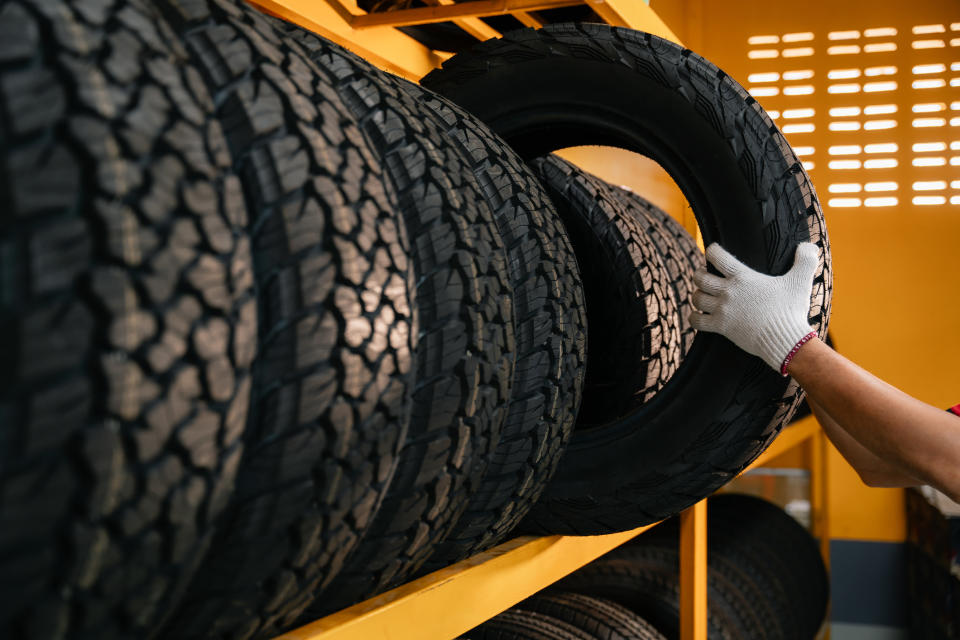
Claudio said clients can make the mistake of replacing old tires with used tires. She’s seen used-tire sellers give customers a tire that’s not the correct size, or one with a bubble in the sidewall.
“A lot of times they put a tire on there that’s pretty bad,” Claudio said. She said to watch out for tires that look like they are cracking, or that have worn tread on the inner and outer parts.
Even if your used tire looks normal, its age could pose a hazard. Tire manufacturers like Michelin recommend replacing tires no later than 10 years after their date of manufacture. Many car manufacturers also recommend replacing a tire at least every six years, regardless of condition.
To check a tire’s age, look at the four-digit Tire Identification Number on the sidewall. The second two digits indicate the year the tire was made, and the first two digits indicate the week. (A TIN of “0719,” for example, would mean the tire was made during the seventh week of 2019.)
10. I won’t lie to a car mechanic about the issue I’m having.
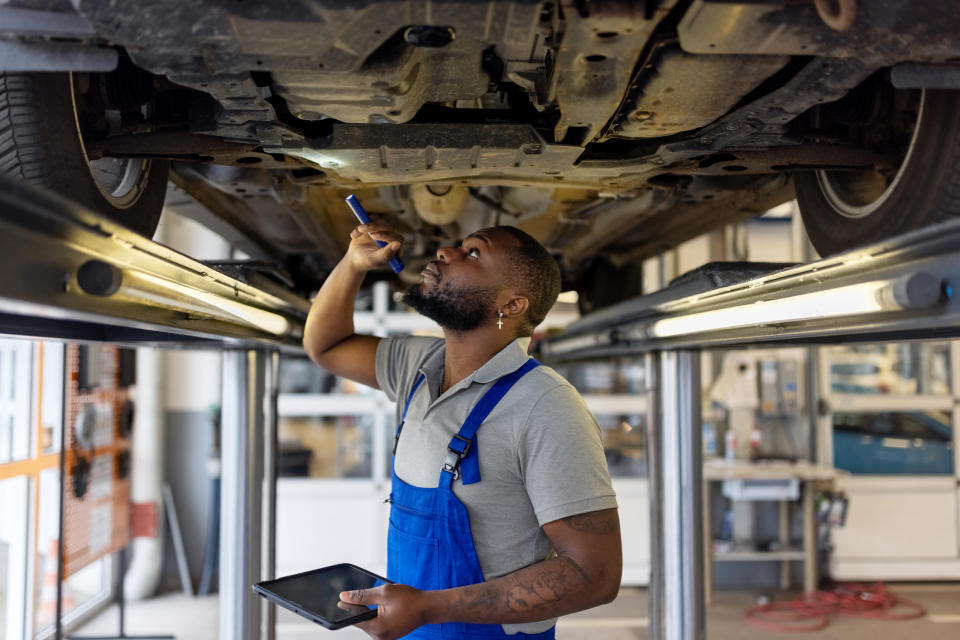
It’s the job of car technicians and mechanics to diagnose what’s wrong with your vehicle, so don’t make their job harder by fibbing.
“We get it all the time ... ‘I don’t know what happened. It just suddenly started making this weird noise,’” Lateiner said. “And then we look at it like, ‘Clearly you’ve been off-roading with your very low-profile car.’”
“The more accurate information you can give us, the quicker we can get to the actual problem, because you’re not sending us on a wild-goose chase,” she continued.
To give more helpful details, Lateiner recommends keeping track of when you hear the “weird noise.” If you’re having trouble describing the sound, Lateiner recommends taking an audio or video recording that you can show your technician, or taking someone on a test drive with you so they can hear it too.
Ultimately, maintaining a car properly can involve upfront costs and extra research, but it should save you headaches in the long run.This article originally appeared on HuffPost.


